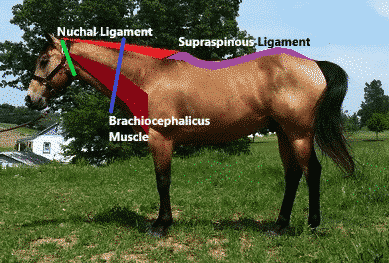
Lateral flexion is a bit of a hot topic in horse training. Most people know it is necessary to achieve softness in the bridle, but too many people do not understand the mechanics of lateral flexion. This leads to over-flexed horses that are “flexing” in the neck while still being stiff in the poll.
The Truth About Lateral Flexion
If we look back at the anatomy of the horse’s top line (Figure A.1) from the Anatomy of Collection article, you will see the two primary ligaments that form the horse’s top line: the nuchal ligament and the supraspinous ligament. You will also see the brachiocephalicus muscle which forms the bottom part of the neck. The brachiocephalicus muscle is the muscle we do not want to build up. Building up the brachiocephalicus muscle actually hinders collection.

Now, if you recall the article on lateral flexion of the poll, we discussed the different flex points on the horse. Methods of flexion like those often used in natural horsemanship do not actually flex the horse’s poll (Figure B, green line), they break the horse in the neck much further back (Figure B, blue line).

Now, if we take the two flex points from Figure B and put them on Figure A, you can see how the blue line intersects with the nuchal ligament (Figure A.2). In order for the horse to “flex” this far back in the neck, the nuchal ligament is forced to disengage. However, without the nuchal ligament engaged, the supraspinous ligament cannot remain engaged. This, in turn, disengages the whole top line. The only thing left to support the neck is the brachiocephalicus muscle — bottom neck muscle — which is the muscle we do not want to engage.

What Natural Horsemanship Trainers Don’t Seem to Know About Lateral Flexion
The horse seen in Figure B is not flexing. She is breaking in the neck and disengaging her top line. If you look closely, you will see that her head is starting to tilt so that her face will soon be parallel to the ground. This is a sign that she is not flexing in the poll. This is avoidance, not compliance. Too many people see a horse break in the neck until he’s touching the rider’s boot and go “Wow! That horse must be really well trained!” Except it’s a party trick; a really flashy, showy party trick that does more harm than good. The poll is locking up and that lower neck muscles is engaging while the top line is disengaging.
Someone who sees such a display may assume that the horse is soft in the bridle and giving to the bit. However, you must remember that horses were not made to bend like that. It is incredibly difficult for a horse to maintain his balance while bending to that degree with a rider on top. When a horse is struggling to keep his balance, he is stiff through the poll and the rest of his body. He has to brace that lower neck muscle to balance. The more you work that lower neck muscle, the more it builds up. The more that lower neck muscle builds up, the more the top line degrades. You’re sabotaging your own training every time you use this method of “flexion.”
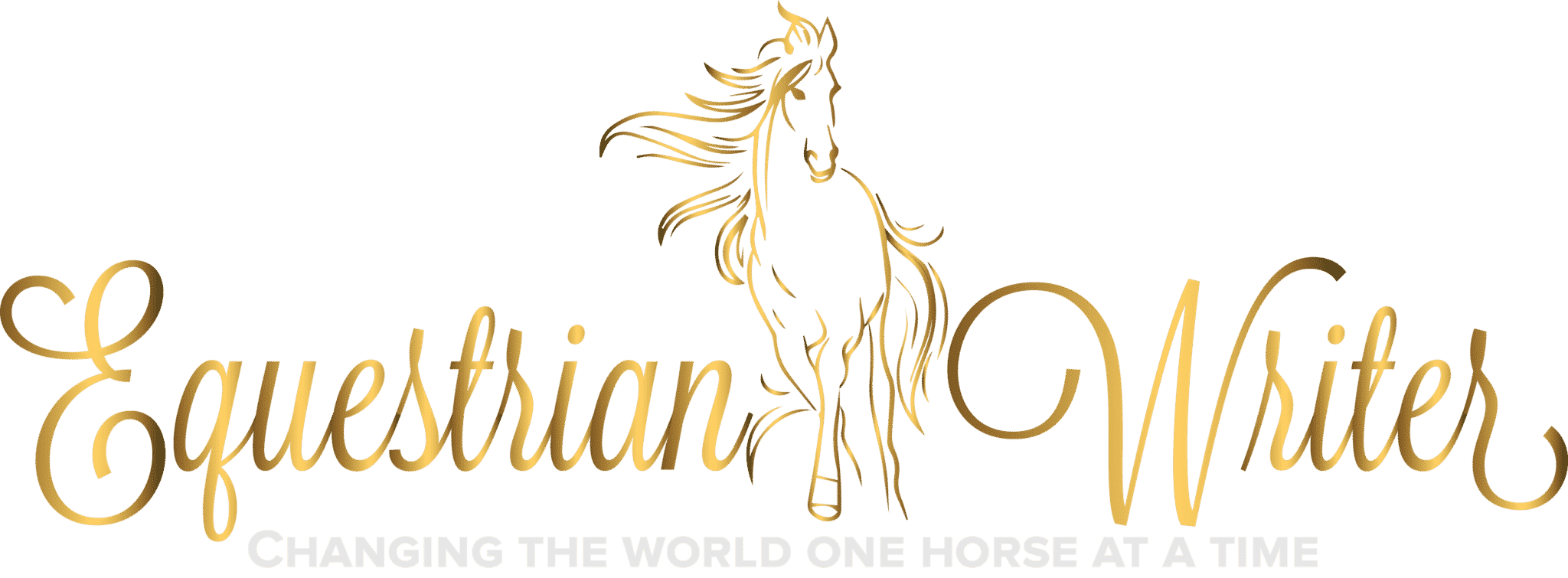





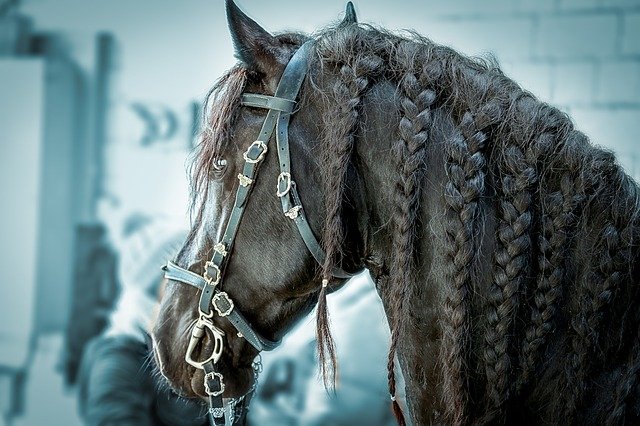
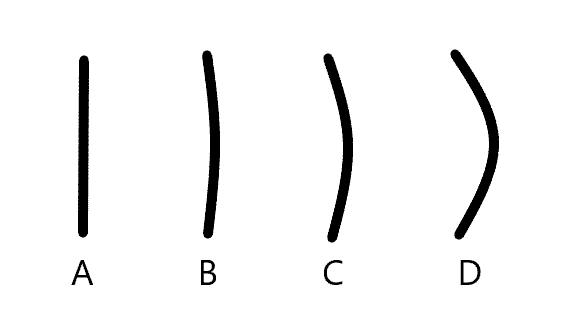
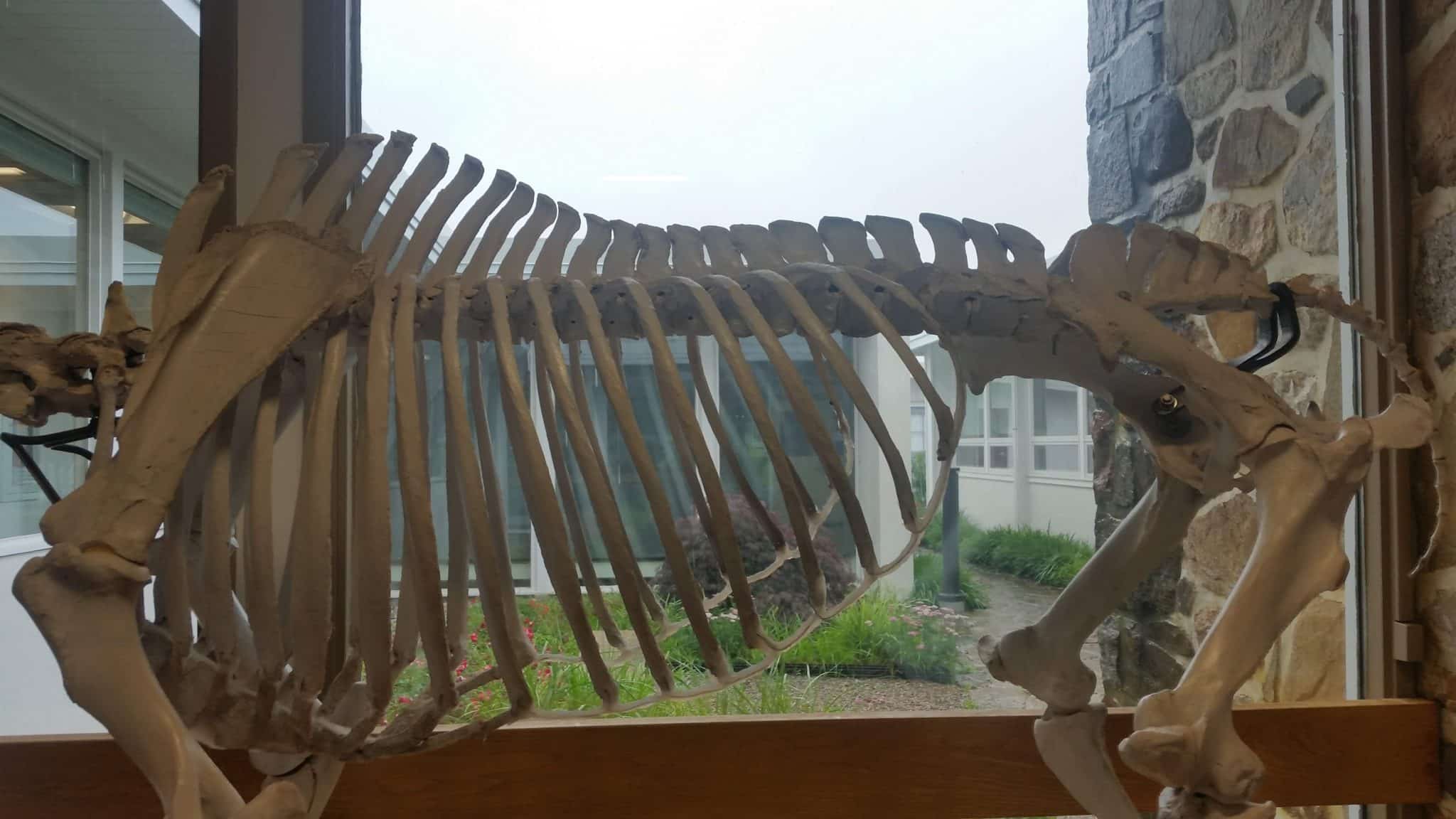
While I totally agree with most of what you’re saying, segregating the problem to “natural horsemanship” seems to speak more to your personal opinion of a horsemanship style instead of bio-mechanics. The term, “natural horsemanship” has no meaning, except any meaning anyone wants to take personally. I understand your negative perception of the term, considering that those that use it are anything but natural in their approach (i.e. trick training). In truth, nearly EVERY discipline in existence suffers from an incredible lack of factual knowledge about the horse’s bio-mechanics, the poll and related musculature. More so, it is incredibly RARE to find a trainer or coach that truly understands the HORSE instead of METHODS to work with one. Also note that motion of the horse is completely dependent on the mental state of the horse – no animal, including humans – can be at full athletic potential when muscles are held in continuous tension. This can be from anxiety, or as is more common in the equine industry – misuse of the rein or tension held in the reins. Thanks for your article!
It would be very appreciated if you would show the CORRECT way to flex the poll with halter and/or bridle. Thank you.
Why do you not want to develop the brachiocephalicus muscle ??